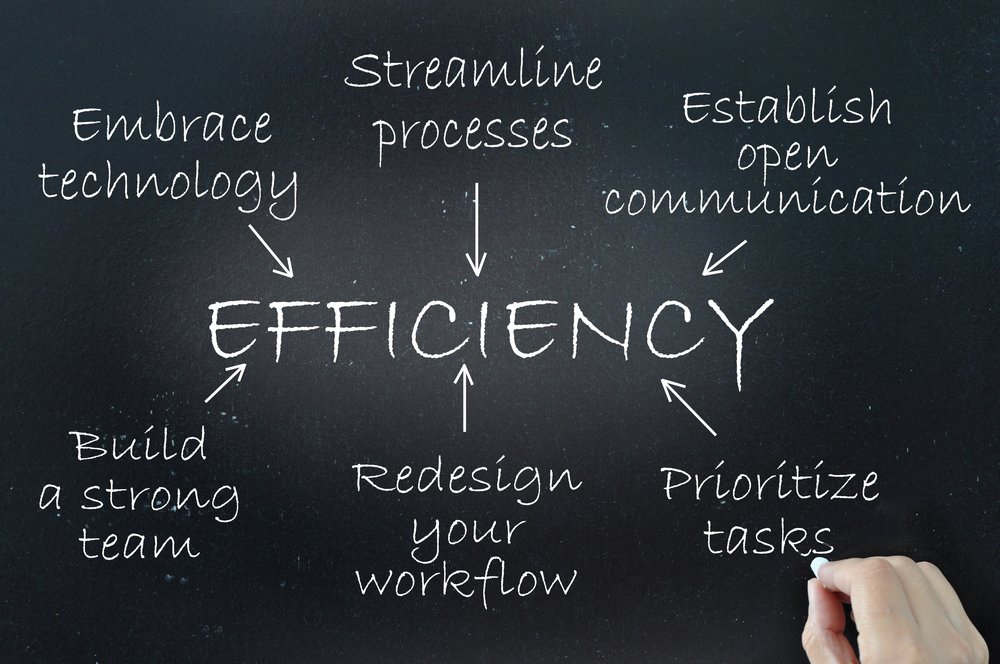
The in-store marketing process for any sign or visual fixture starts from planning campaigns or requests and ends when the in-store team informs the store associates to purge the asset. The most critical aspect of the in-store marketing program is to ensure stores are getting the right marketing on time so they can drive the foot traffic and sales. POP and Window signage has been directly linked to drive sales so ensuring the stores have all the marketing materials for a season or an event is critical to drive top-line brick and mortar revenue.
Yet one of the most inefficient processes within the in-store marketing program is reordering. Reorders are very common and there are several reasons why they occur some of which can be avoided while others happen due to damage or mistakes. Since having the marketing collateral is critical for driving sales, reorders can become very expensive causing unanticipated costs in your in-store marketing budget. For example higher end signage that drives foot traffic into the store such as window signage may require to be shipped overnight by Air.
Below is a list of 10 ways that will help mitigate the reorders, streamline your operations and simplify the process for your store associates.
1. Leverage a store profile database to plan your campaigns
A store profile database is essential to ensure your stores are receiving signage and fixtures that are relevant for their location. An in-store marketing platform would ensure that you are allocating signage and fixtures to a location based on their store profile data. When planning a campaign, the store profile database will help you automatically calculate the total quantity needed and the quantity for each location.
2. Setup a feedback loop to maintain your store profile data
Setup a continuous improvement process for your store data and allow your store locations to view and request changes to their store profile data. This will help keep your store profile database accurate and current.
3. Use a kitting algorithm to recommend store specific kits
Since determining the kit variations to build out your distro is one of the most complicated aspects of the process, in-store marketing teams tend to use a limited number of kit variations. A kitting algorithm analyzes the allocation data for a campaign and immediately determines the number of kit variations outlining the items in each kit variation and the store list for them.
4. Ensure your store portal only allows stores to order what is assigned to their location
Once you have the push process structured around your store profile data, you need to ensure the store reorder process is also utilizing the data so the stores only see items that pertain to their location. This is essential to avoid confusion for the store associates at the same time prevents stores from ordering items that don’t match with their profile or fit their store.
5. Incorporate images of items and visibility of order status
Ensure your store portal incorporates images allowing them to easily match-up the item they’re reordering to what is in-store or what they see in the packing slip. This helps stores confirm the items visually before reordering. Incorporate rules on reorder items to ensure store associates cannot duplicate orders accidentally and provide them with visibility on order and shipping status.
6. Set low and high watermarks for auto-replenishment of inventory
Automation is essential to manage a highly streamlined in-store marketing program and implementing auto replenishments for inventory at you suppliers warehouse will ensure you have just the right quantity of the items stocked. The process is simple for certain items most of which will be evergreen you want to have them automatically replenished to a high watermark level once the inventory levels drop to a low watermark level.
7. Make Ordering Seamless for your Store Associates
The reorder process should seem just like a typical online purchasing process of adding items to your cart and checking out. The associate should not have to know or think about which supplier has the item stocked. The platform should automatically know which vendor is holding the inventory or in a just in-time process which vendor can manufacture the item.
8. Automate the reorder approval process when possible
For smaller inexpensive items it is best to automate the reorders rather than having a checkpoint at corporate for manual approvals. Larger more expensive signage like those for windows would require item approval at the corporate level and this can also be streamlined by ensuring the platform notifies the corporate team of any new orders containing items that require their approval.
9. Integrate your warehouse and manufacturer into the process
Once items are ordered, a fulfillment request can automatically be sent to the supplier stocking or manufacturing the item. Rather than having emails manually sent to the suppliers, the platform should fully automate this process and send the orders to the appropriate suppliers once approved.
10. Analyze your reorders periodically
Run reports on your reorders and analyze them to see whether there is a common trend with an item, a supplier or a store location. This will help with diagnosing what should be changed to mitigate the number of reorders and impact on your in-store marketing budget.
As one of our founding fathers once said “an ounce of prevention is worth a pound of cure”, we are recommending changes to the way you operate upstream to ensure there are no issues downstream once the store associate is engaged in the process. Streamlining your reorder process will save on wastage and maintain funding in your budget to invest on other initiatives.
To understand more about how CrossCap’s Enterprise In-Store Marketing Platform helps streamline your store reorders, request a demo.

